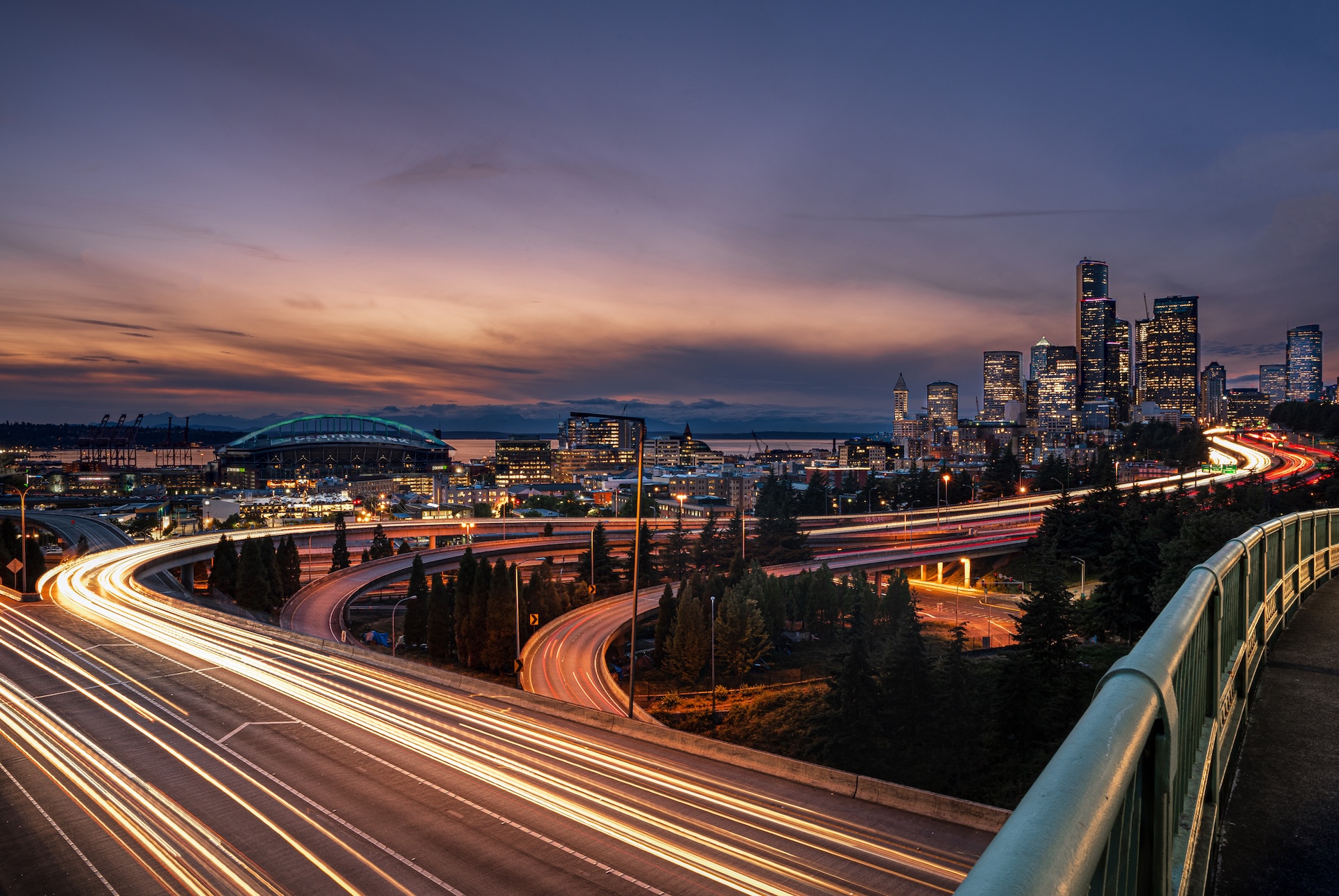
A traffic signal that adapts in real-time to ease congestion. A connected vehicle that warns drivers of black ice ahead. An ambulance that gets priority at every intersection on its route to an emergency.
These are all examples of smart transportation technology already transforming how we move through cities and states. The stakes couldn’t be higher — and understanding what ‘smart transportation’ really means is the first step to getting it right.
Smart transportation leverages interconnected technologies to help cities and states better allocate resources, reduce energy consumption, cut costs, and provide a more inclusive and equitable experience for communities. At its core are smart technologies: connected, data-driven systems that use sensors, automation, and analytics to collect and act on information autonomously, continuously adapting to real-time conditions rather than simply following pre-programmed instructions.
But beyond efficiency gains, these systems are also becoming vital for public safety, from managing emergency response times to protecting drivers, transit users, cyclists, and pedestrians from danger.
As these networks grow more connected and automated, they demand a new approach: one where robust cybersecurity and intelligent edge computing work together to protect lives and maintain the critical services communities depend on every day.
Understanding this new landscape requires looking at how smart transportation technologies nest within each other — each layer expanding capabilities while amplifying both opportunities and risks.
At the foundation sits intelligent transportation systems (ITS), the broadest infrastructure — integrated systems using sensors, connected devices, and analytics to monitor and manage traffic flow, signals, tolling, transit operations, and more.
Within this ITS infrastructure, vehicle-to-everything communications (V2X) enable a vast network of real-time data exchange between vehicles, traffic signals, emergency systems, pedestrian devices, and other infrastructure — sharing information about road conditions, hazards, and traffic patterns.
Among the various participants in this V2X ecosystem, connected and automated vehicles (CAVs) represent a particularly transformative category: vehicles with internet connectivity and varying levels of automation that can not only receive information but actively respond to their environment and coordinate with surrounding systems in real time.
From ITS infrastructure upgrades to V2X pilot programs to CAV-ready corridors, cities and states across the US are actively investing in developing and implementing smart systems to improve efficiency, safety, and mobility.
But as these systems grow more connected, they also become more vulnerable.
The same connectivity that enables innovation introduces new vulnerabilities. Following are key risks transportation managers need to be aware of — and guard against:
The upside: When implemented securely and with edge computing, smart transportation delivers on its promise.
When secure, smart transportation delivers transformative results that save lives and improve how cities function. Consider the range of what’s possible:
The societal benefits of smart transportation are immense. But they can only materialize when security is the technology foundation. With robust cybersecurity measures, including secure, plug-and-play combinations of edge AI and cybersecurity, agencies can deploy smart transportation solutions with confidence.
Edge AI deployments solve the infrastructure challenge by processing data locally, keeping response times low and reducing network burden — while also minimizing the attack surface by limiting data transmission to the cloud.
Paired with quantum-resilient encryption, zero-trust networking, and built-in update mechanisms, these measures make thousands of distributed ITS devices resilient against evolving threats from day one.
Ultimately, proactive cybersecurity and infrastructure strategy empower municipal and state transportation agencies to stay ahead of a range of threats — while keeping roads safer and smarter for the public.
Intelligent transportation systems are only as safe as the security behind them. Contact our team to discuss your transportation system needs.
Image: iStock | Josh Kizziar Photography